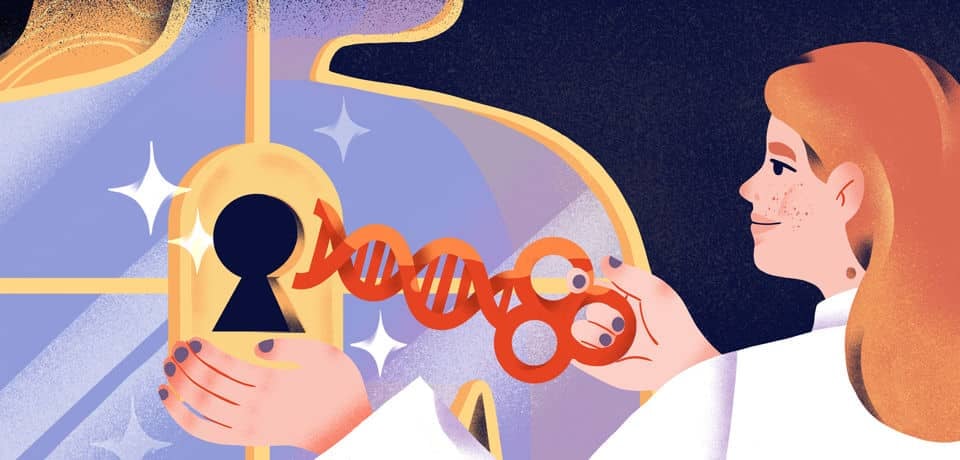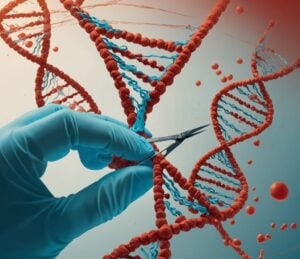Stay up-to-date with the latest news related to gene editing. Subscribe to our newsletter.
What is gene editing?
Gene editing is a technique that allows scientists to make precise modifications to an organism’s DNA. Scientists can target specific sections of DNA and either remove, add, or replace genetic material.
Several tools are used for gene editing, but the most popular and widely used is the CRISPR-Cas9 system. Other tools include zinc finger nucleases (ZFNs) and transcription activator-like effector nucleases (TALENs), which are also capable of making precise changes to DNA sequences. Additionally, newer technologies such as prime editing and base editing are being developed, which can enable even more precise modifications to the genome.
What are the applications of gene editing?
Gene editing has potential applications in treating genetic disorders, creating disease-resistant crops, developing new therapies, enhancing livestock, conservation, and creating new materials.
Got a news story for us related to gene editing? Send it to us here.





















